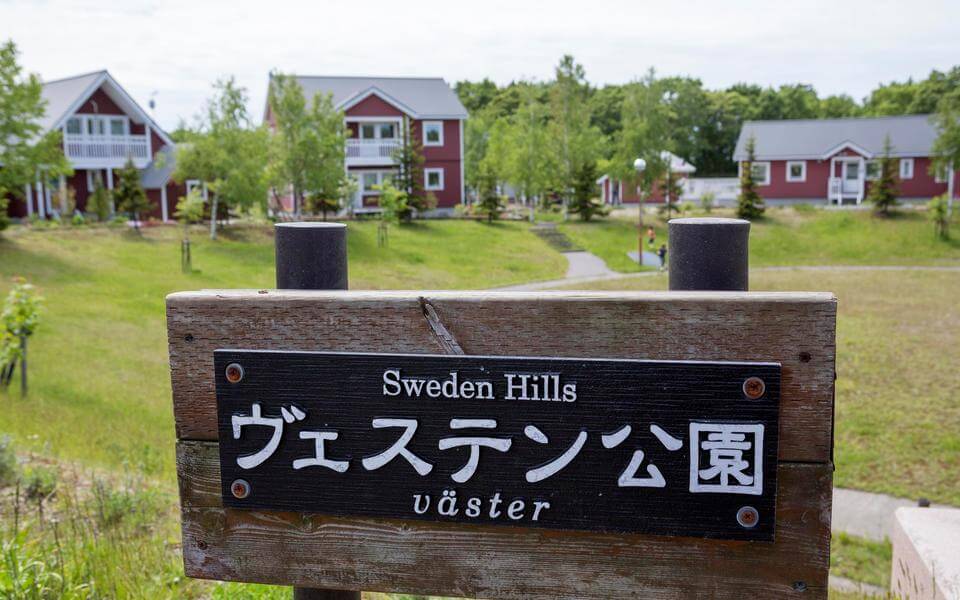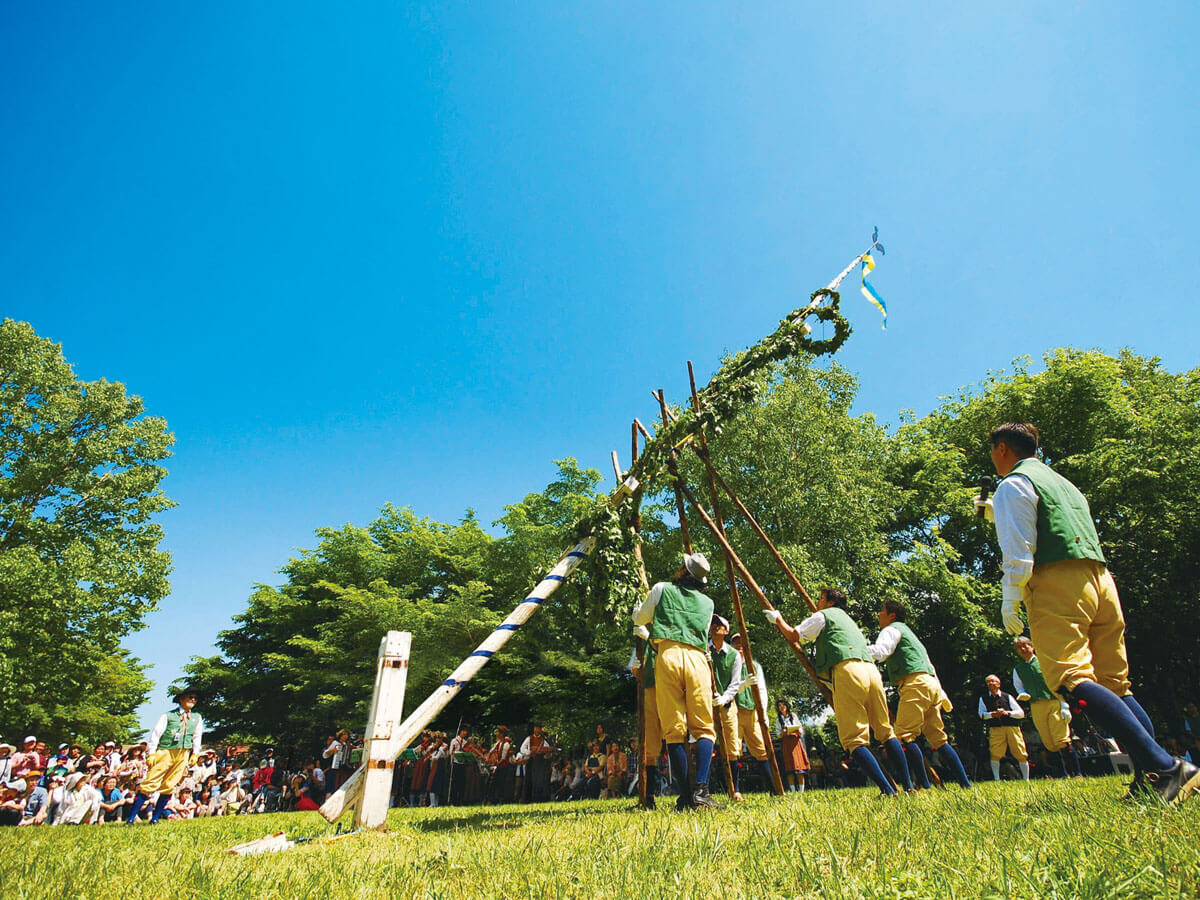

References:
Assmann, Stephanie, Between Tradition and Innovation, Fashion Theory, s.360–363, 2008
Gustavsson, Karin, Expeditioner i det förflutna: etnologiska fältarbeten och försvinnande allmogekultur under 1900-talets början, Nordiska museet, Diss. Lund : Lunds universitet, 2014,Stockholm, 2014 http://lup.lub.lu.se/record/4628738
Hyltén-Cavallius, Charlotte, Gradén, Lizette, Norman, Natalie, Annerborn, Erik, Dressing Swedish – from Hazelius to Salander, Mångkulturellt Centrum, Botkyrka, 2014
Liby, Håkan, Kläderna gör upplänningen: folkligt mode - Tradition och trender : Studiehandledning, Upplandsmuseet, Uppsala, 1997
Nilsson Alexander, Folkdräkt på vift - En etnografisk studie om
nygammalt dräktbruk i Tobetsu, Japan, Bachelor's Thesis, Lund University, 2021
Swedish Center Foundation, about us, http://swedishcenter.or.jp/about-us/